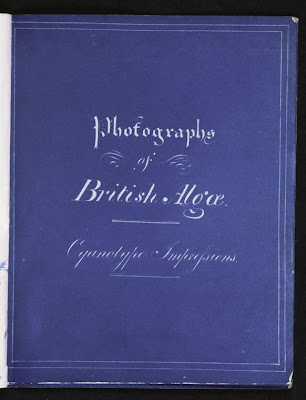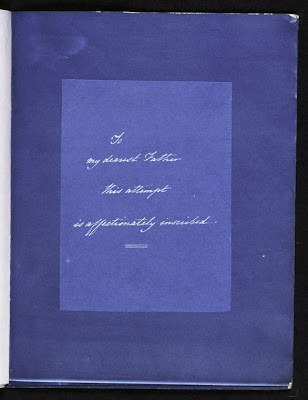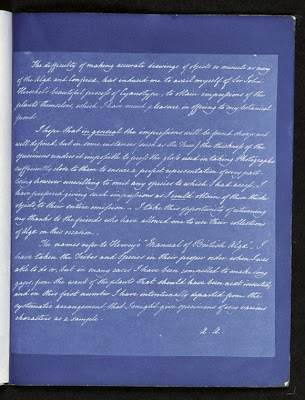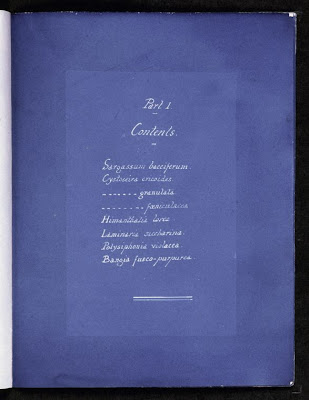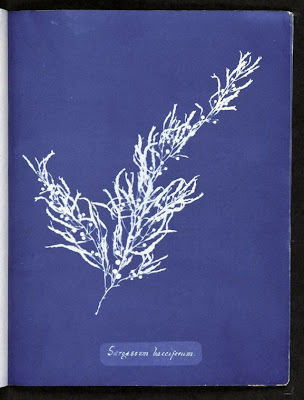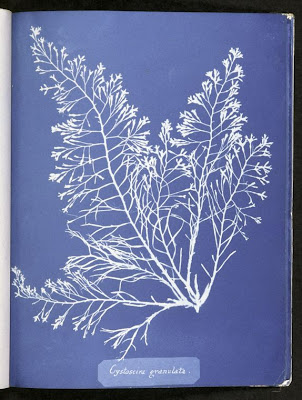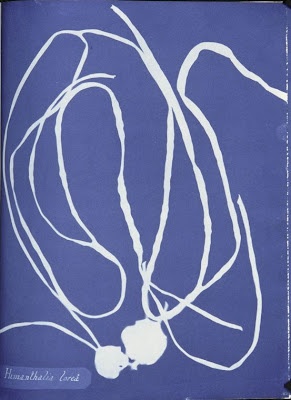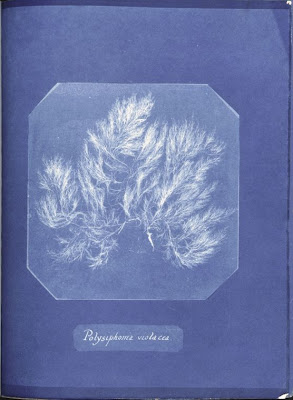 On May 29, 1977, a Sunday, I finally got myself down to the Loews Astor Plaza
On May 29, 1977, a Sunday, I finally got myself down to the Loews Astor Plaza, off Times Square, to see what all the hubbub was about. If you're following the Edward Copeland-hosted
Star Wars 30th Anniversary Blog-a-thon, I'm sure you'll find no shortage of memoirs and reminiscences of May 1977 and the variety of first-ever
Star Wars experiences, so to cut to the chase: what I saw that day, sitting in about the fourth row, on a screen which spanned my peripheral vision, was fairly unprecedented and had no conceivable follow-up. I love Roger Ebert's
summing up so I'll just lift it wholesale here: “It's... as corny as Kansas in August--and a masterpiece.”
Probably the most gratifying thing about
Star Wars in retrospect was that it was oddly vindicating. It spoke directly to my particular and peculiar set of tastes, as an introverted, bookish and highly romantic high-schooler (i.e., romantic in the sense of obsessed by adventure and mystery, not yet in the adventures-with-the-opposite-sex sense). Special effects, gadgetry, pulp space opera, old-Hollywood swashbuckling, heaving full-orchestra music scores, anachronistic movie effects like wipes and iris fades, over-the-top comic book heroes and villains, Arthurian romance... somehow, as eclectic and private as it was, this guy Lucas harvested my world and showed everyone else how
cool it was. He made
my movie, and the best part was how uncompromisingly clunky and corny it was; I mean, what kind of title is
"Star Wars” anyway? The kind you make up on a thoughtless summer afternoon when you're eight years old, playing ray guns with your best friend and you just happen to need a quick title for your improvised adventure; or the kind you make up with a little self-mocking bravado for the comic book pastiche you're drawing in your high school sketchpad, the cruddy little mishmash of
Dune,
Lord of the Rings, and Edgar Rice Burroughs’
Barsoom novels.
Clunky, corny, perfect. And in the summer of 1977, on the huge screen of the Astor Plaza, with the wonderful Ben Burrt sound effects and John Williams' soaring music in Dolby Surround Stereo, completely
real. (
There are hundreds of us in the audience that day, but we might as well all be huddled around a campfire in the deep dark woods, enjoying the monster tales. Princess Leia growls "It could be worse," having fallen into the Death Star's garbage disposal, and the audience titters with giddiness when something growls in response, echoing menacingly around us in six-track Dolby, leaping from speaker to speaker. “It's worse,” observes a shaken Han Solo. We burst into laughter). Apparently, however, to Lucas' mind, the movie was clunky, corny and
far from perfect, and not nearly as real as the sprawling space opera in his own head. I think this is the big reason that fans take it so personally that Lucas keeps fiddling with the myth. Once upon a time, beyond all probability, it was just right; so Lucas' change of tack seems like a kind of betrayal, a denial of the original miracle. In 1977, the adventure was perfect, unique, stand-alone. It was simply,
Star Wars. In 2007, the original adventure, now called
Episode IV: A New Hope, sits embedded in the middle of a twisting, lumbering epic that has adopted the original no-nonsense name. It's a bad fit.
Don't get me wrong. I actually
enjoy the saga, flawed as it is. The creativity and sheer invention of Lucas and his team has never flagged, as far as I'm concerned, and the story is fairly satisfying overall, I think. It's grating in the details: leaden direction of some key dramatic scenes, cringeingly bad romantic dialogue, wrong-headed plot developments (midichlorians?) and wrong-headed characters (guess who). I follow the conventional wisdom that the three best episodes are
The Empire Strikes Back,
A New Hope, and
Revenge of the Sith, in more or less that order. But I still believe that
Star Wars, the original experience, is a separate entity. Even with the changes Lucas made to it, his supposed refinements (and I'm not even referrring here to the revised “Han Shot Second” scene),
A New Hope, aka
Star Wars, just does not flow properly with the rest of the saga. If one watches the series in the order Lucas intends, the first two-thirds of Episode IV essentially becomes an intermission; after the increasing tension and density of the first three episodes,
A New Hope is jarringly sedate and simplistic, and there are a host of plot and character inconsistencies between
Star Wars '77 and
Star Wars, the Saga.
One senses that Lucas would just love to scrap the current Episode IV and start from scratch, updating the music themes and digitally replacing incogruous characters (the “Darth Vader Theme,” aka the Imperial March, is very obviously missing in Episode IV, and honestly, Obi-Wan Kenobi just cannot have aged that badly in twenty years, unless he did a lot of hard living down there on Tatooine; maybe he knows his way around that seedy little Mos Eisley cantina a little
too well...) Despite all the vitriol directed at the prequels by the fanboys (just read the comment threads on Harry Knowles’
Ain't It Cool News site going back to 1999 and you will see the genesis of
truly vicious Internet snark), I think the real seams are between
A New Hope and the other five episodes, not between the "classic trilogy" and the prequels. The moment we step onto the larger emotional and narrative stage of
The Empire Strikes Back, we're in a different work altogether.
A modest proposal: separate the twins. restore the 1977 classic edition of
Star Wars to its original glory and make it available as a separate disk in its own appropriate packaging, distinct from the six-episode saga; this would then allow Lucas to further refine Episode IV to his heart's content and integrate it completely with his bigger storyline; further gripes from the fanbase would be totally without merit at that point. George Lucas (and the fans) would finally have his
New Hope and eat it, too.
 Next: The Saga—— An Unprecedented Event in the History of Narrative (Really)
Next: The Saga—— An Unprecedented Event in the History of Narrative (Really)











